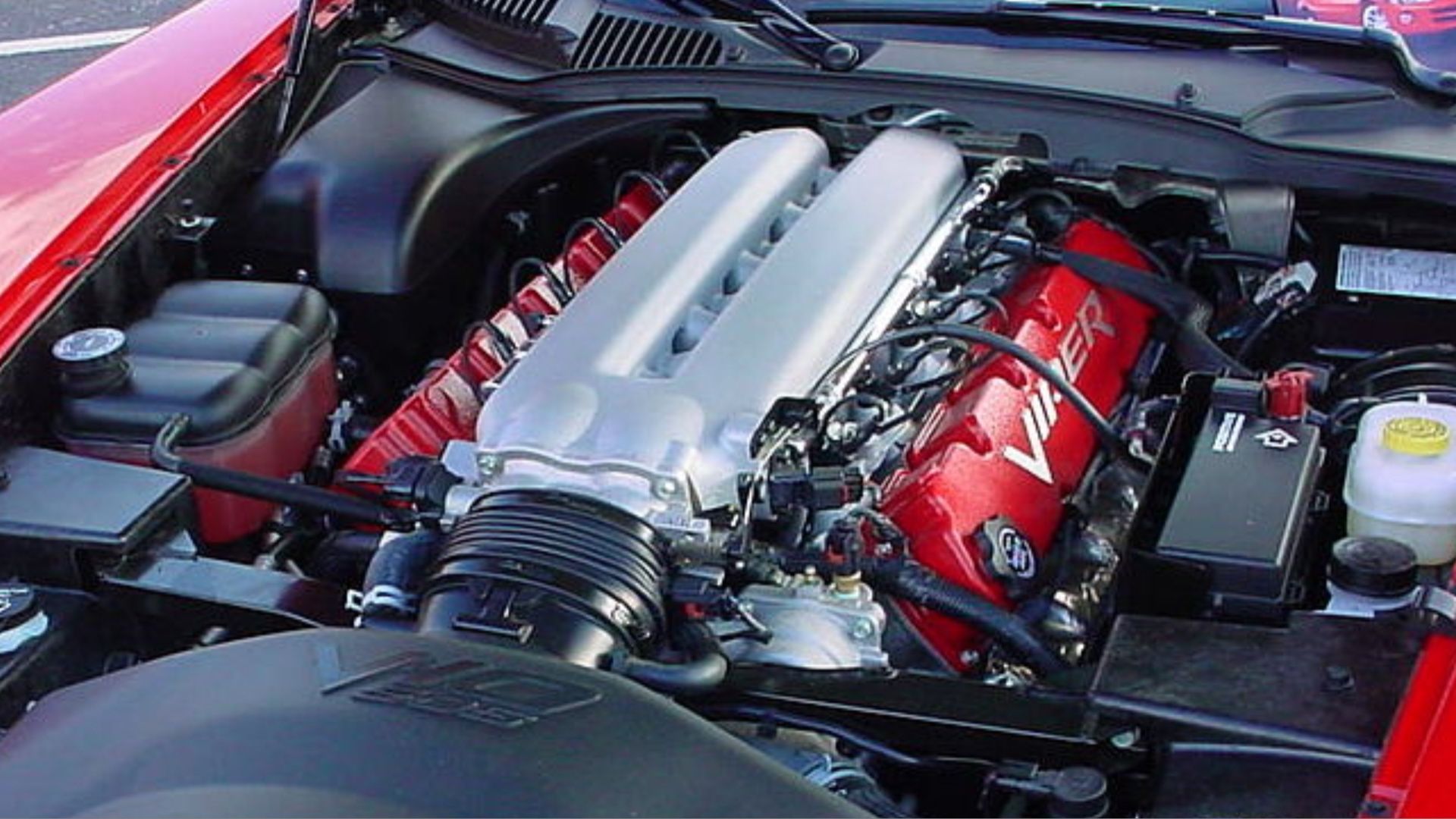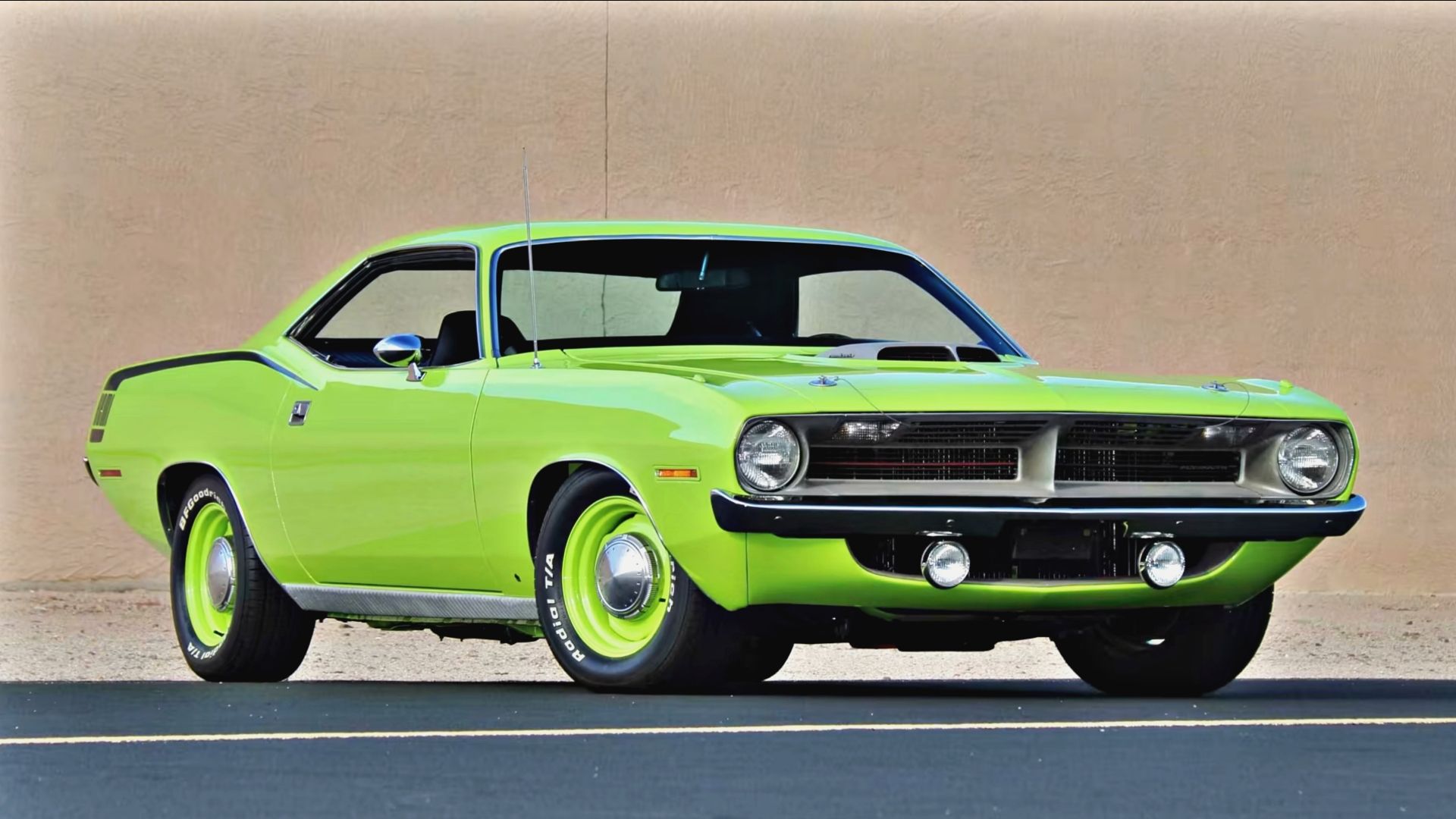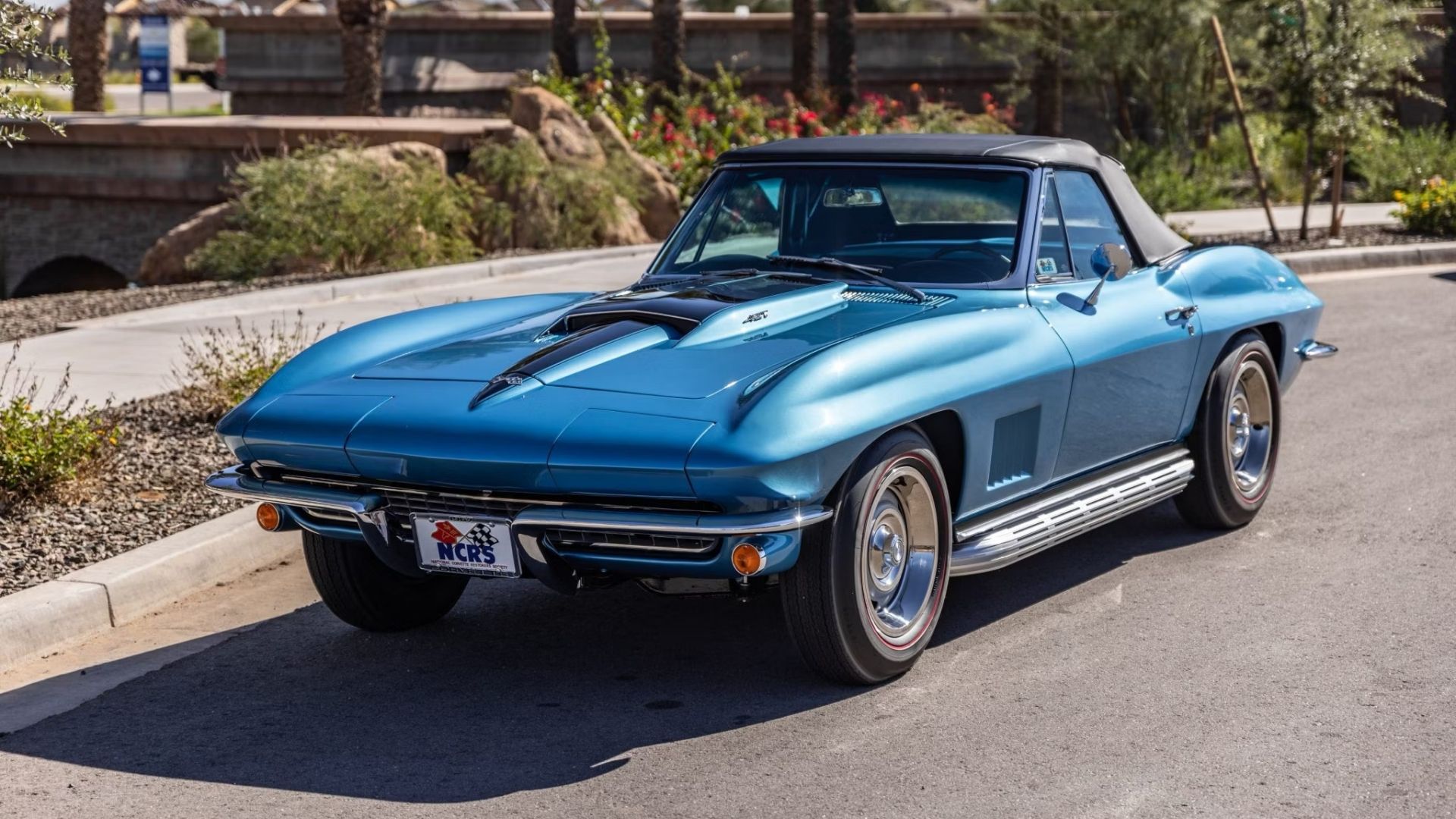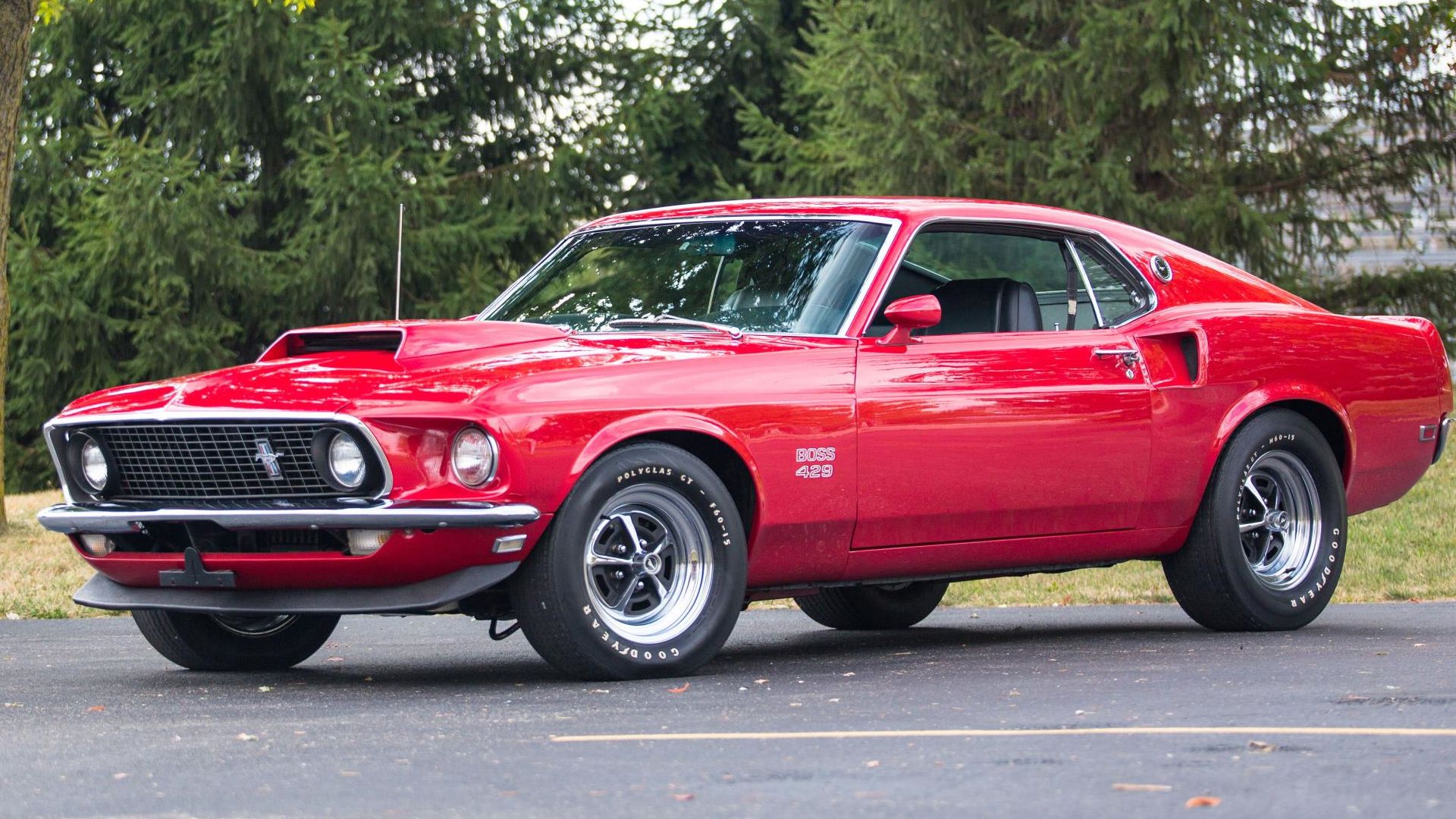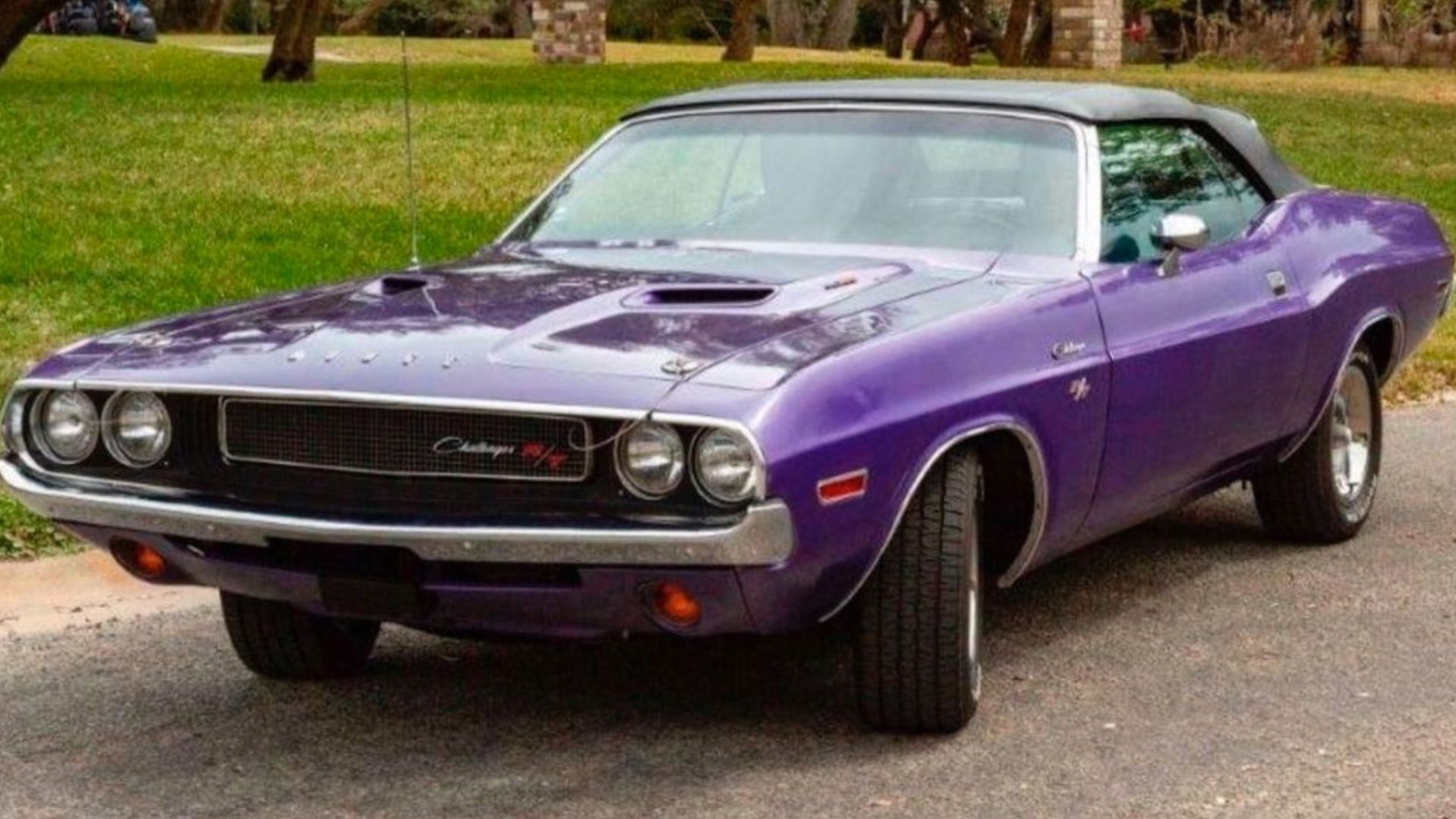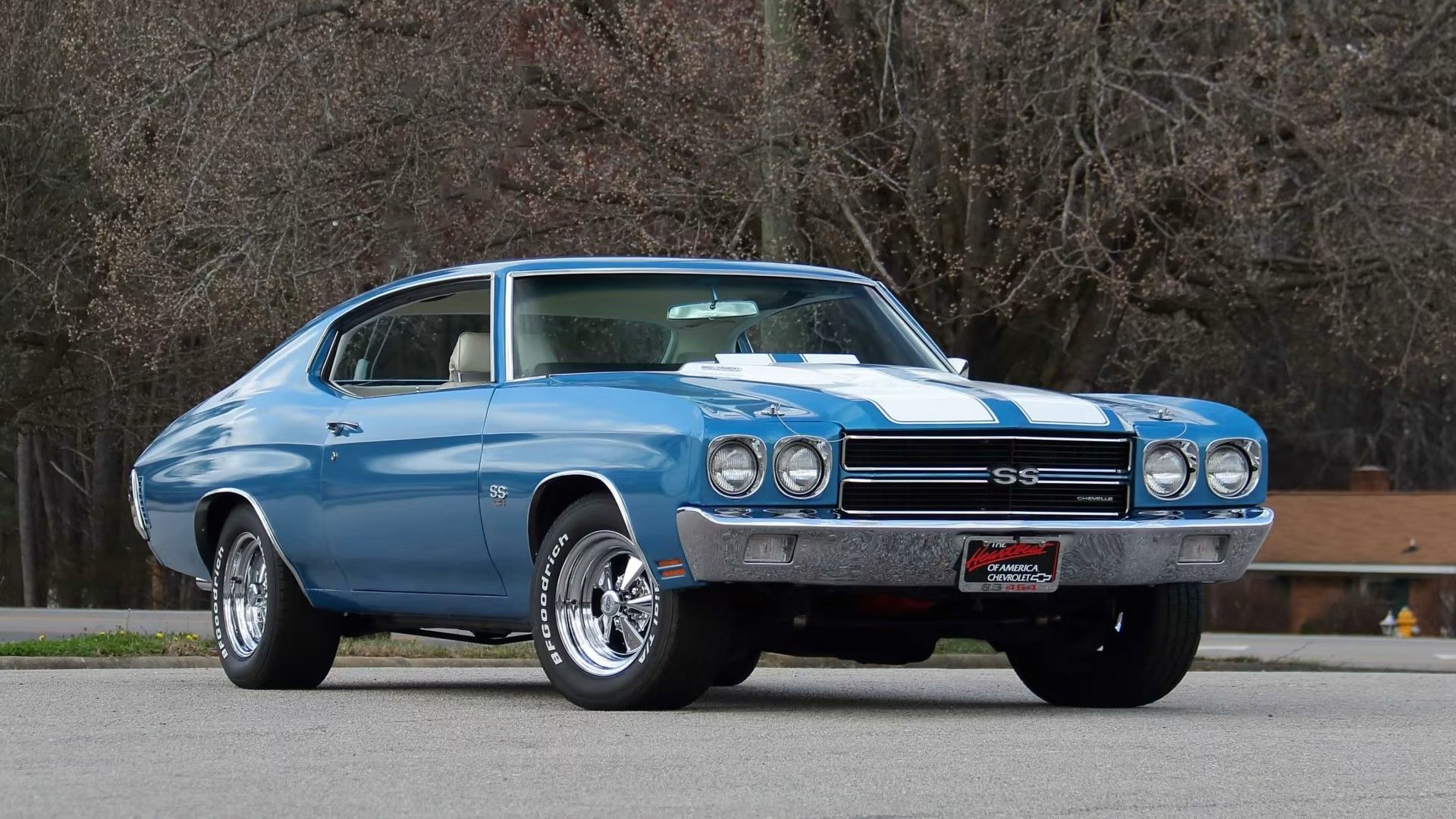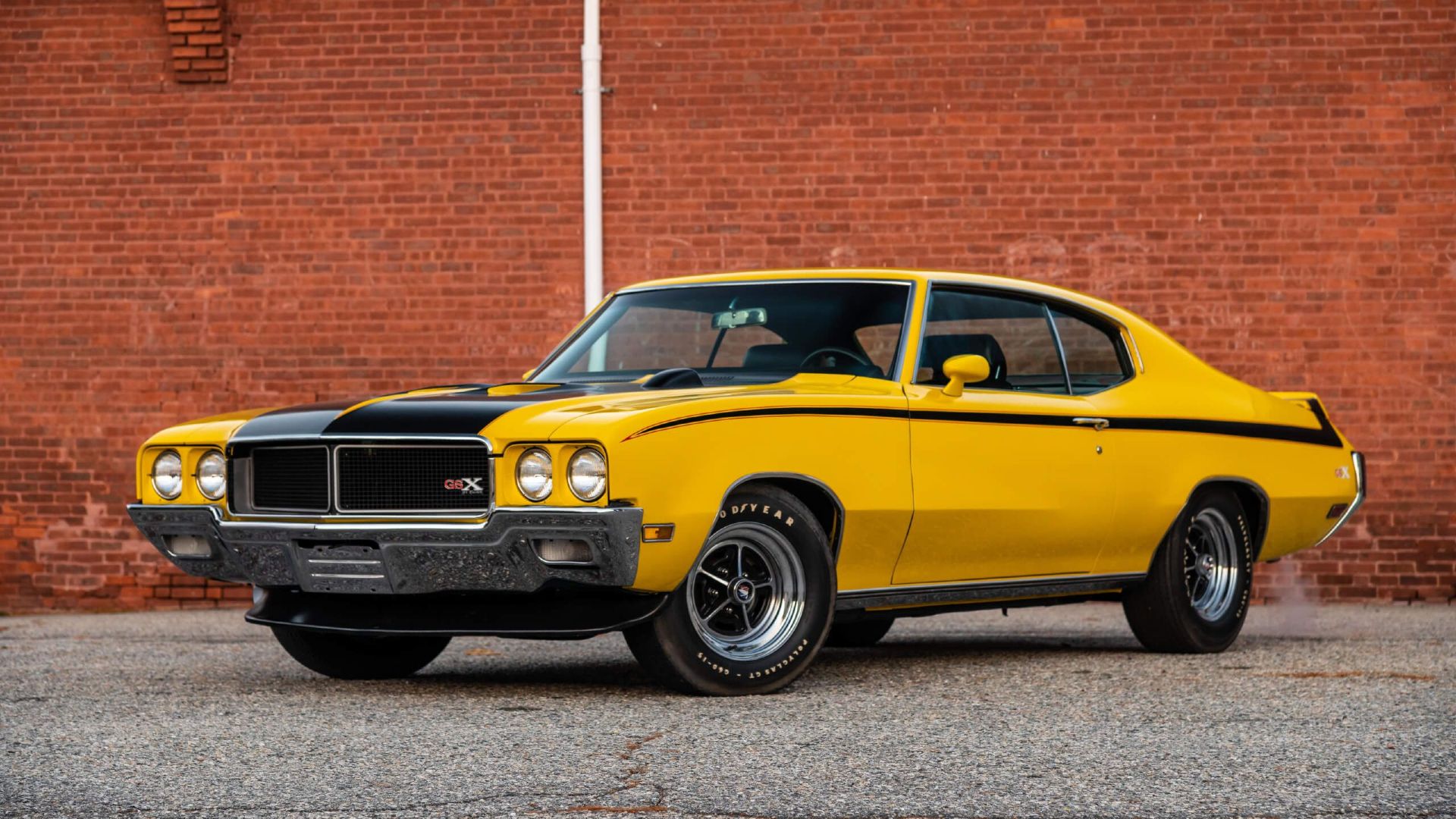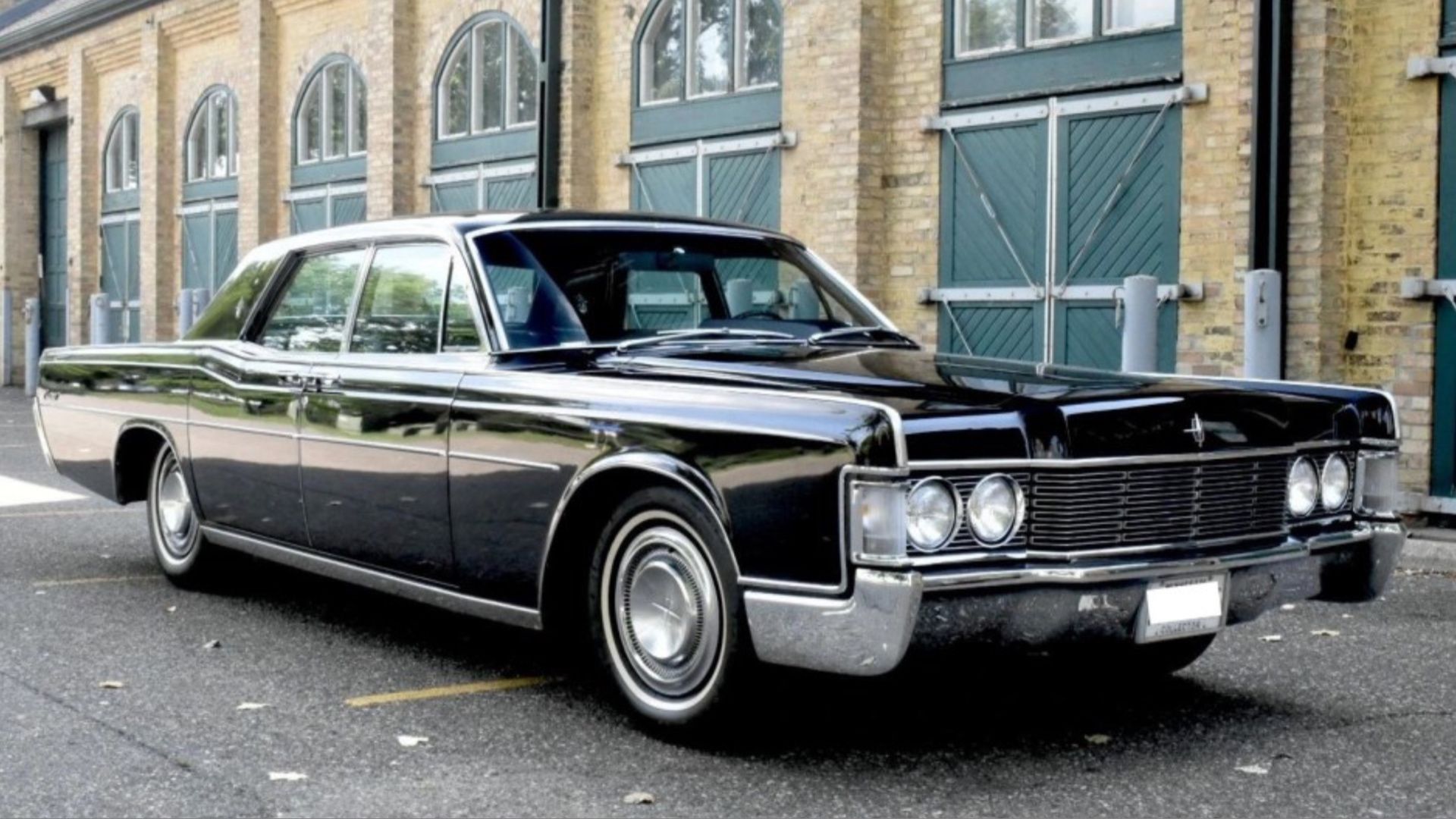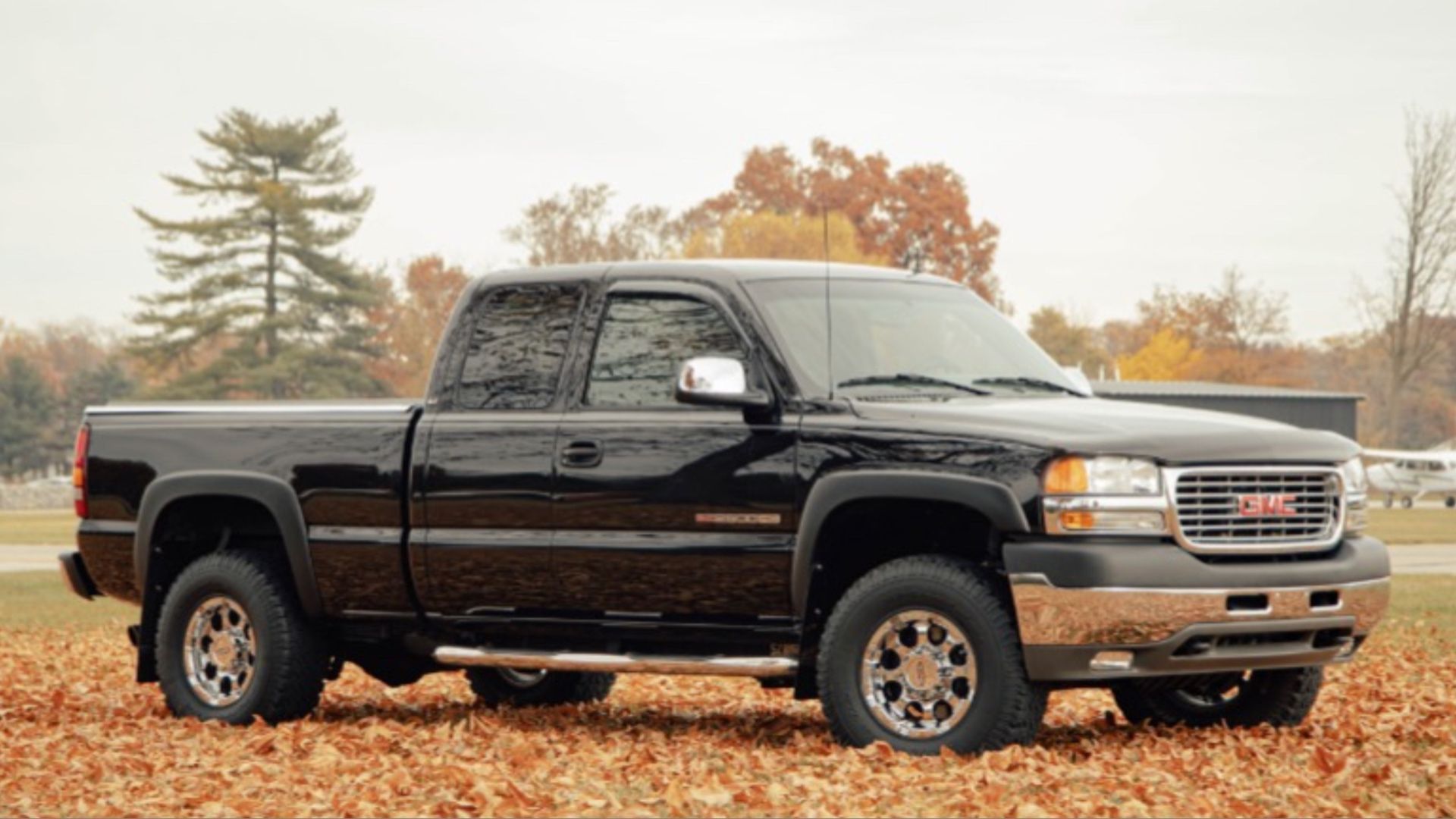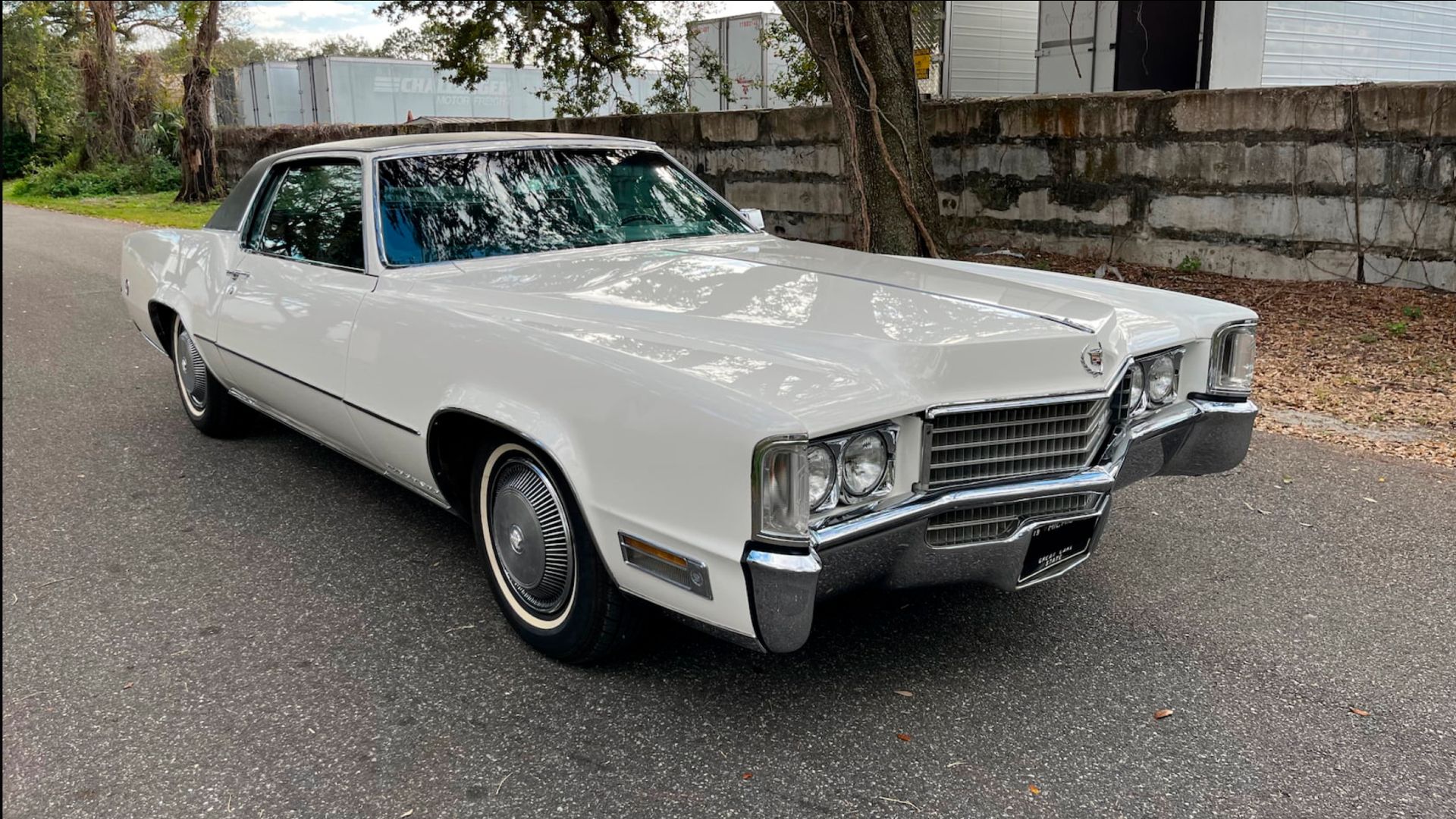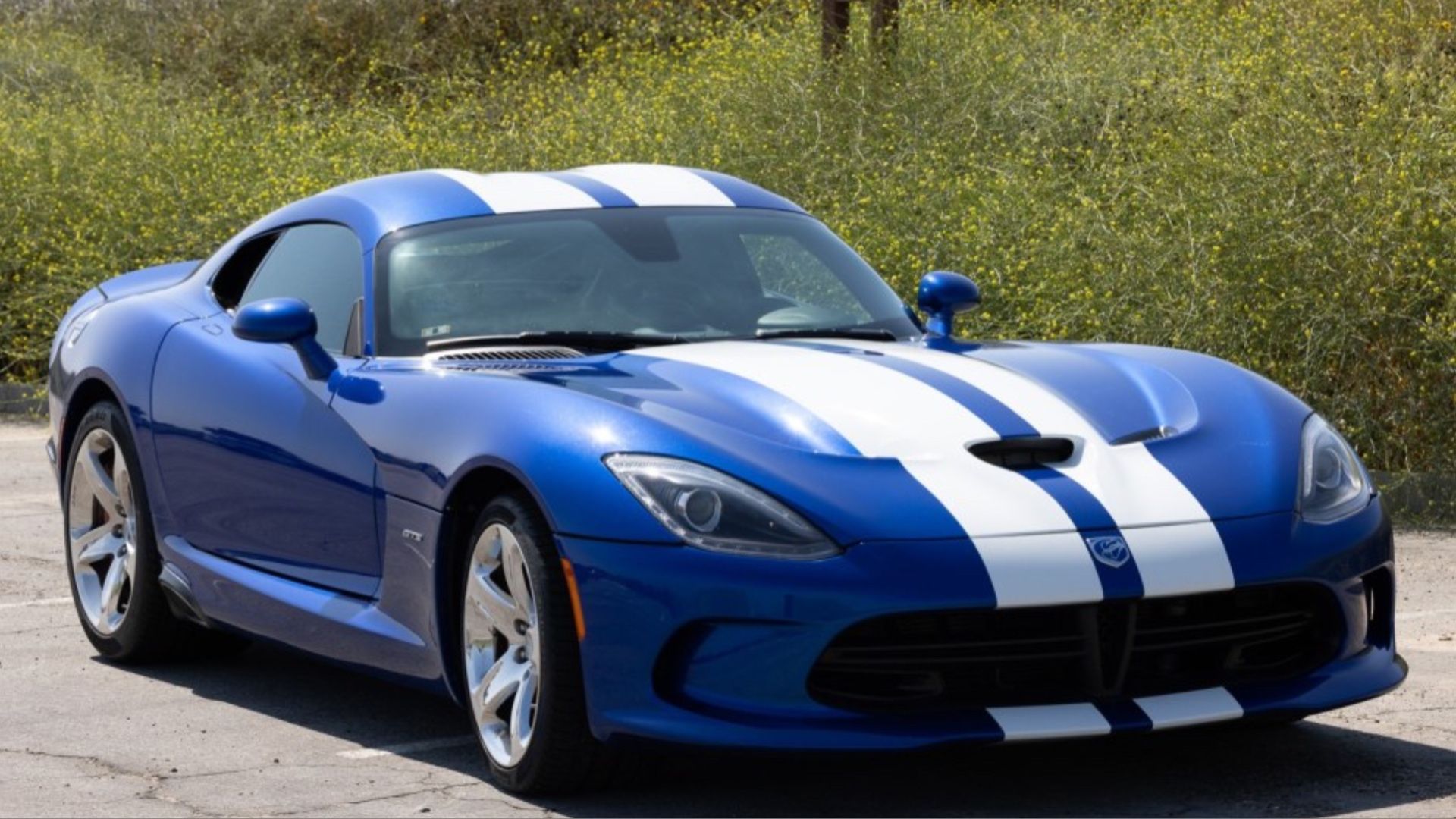The engine in the Ford Model T, the first mass-produced American automobile, was a 177ci (2.9-liter) inline-four that made 20 horsepower, with a top speed of 45 mph. There are now internal combustion engines in American production models as big as 8.4-liters (513ci), ones that produce 1,025 horsepower, and ones that can hit top speeds in excess of 200 mph. It would take 51.2 Model Ts to equal the power of the modern era's mightiest cars.
The old saying about it not being about the size but what you do with it definitely applies when it comes to massive engines. There were 400-plus cubic inch engines in the 1970s that had embarrassingly low outputs and modern four-cylinders that are supercars. Thanks to environmental regulations, they used to lower the compression on V-8s to meet standards and conversely throwing a couple of turbochargers on an I-4 turns it into a horsepower superstar.
There is however something to be said about a big cubic inch or liter count. It's not just a bragging right to sport some huge displacement, it's a matter of confidence and pride to have impressive numbers emblazoned on the side or back of your ride. With that, here are the biggest engines ever shoehorned into an American production model, ranked from enormous to gargantuan.
10 1970 Plymouth Hemi 'Cuda
426ci/6.9-liter
Hilariously, the fabled 426 Hemi is the puniest engine on this list. It did however crank out more horsepower and torque than many of the larger displacement power plants to follow. Chrysler first started developing V-12 Hemi engines in WWII for the P-47 Thunderbolt fighter aircraft and the M47 Patton tank. The first-gen automobile Hemis, known as FirePower came out in 1951 and ranged in displacement from 276-392ci.
Power And Performance
| Engine | 426ci Hemi V-8 |
| Engine Output | 425 horsepower, 490 pound-feet of torque |
| Transmission | Four-speed manual |
| 0-60 Time | 4.7 seconds |
| Quarter-mile | 13.1 seconds |
| Top Speed | 117 mph |
The 426 Hemi came out in 1964 for racing purposes, known familiarly as the "Elephant engine," and found its way into production vehicles by 1966. Available on all Dodge and Plymouth models from the classic muscle car era, for some reason it was faster in the 1970 Hemi 'Cuda. A '69 Road Runner with a 426 Hemi and four-speed could run a quarter-mile in 13.3 seconds while a similarly equipped '70 'Cuda did it in 13.1 seconds.
9 1967 Chevrolet Corvette Sting Ray
427ci/6.99-liter
Chevrolet developed their Big Blocks for use in their medium-duty trucks and accidentally stumbled upon one of the greatest performance engines of all time. The legendary 427 enjoyed time under the hoods of COPO Camaros and Chevelles, but those weren't production models and the only factory car it was originally equipped in was the Corvette.
Power And Performance
| Engine | 427ci L88 Tri-Power V-8 |
| Engine Output | 435 horsepower, 460 pound-feet of torque |
| Transmission | Four-speed manual |
| 0-60 Time | 5.6 seconds |
| Quarter-mile | 13.6 seconds |
| Top Speed | 151 mph |
The 1967 Corvette Sting Ray is considered the best of the C2 second-generation and if it had the L88 427 Tri-Power engine, it was the ultimate American performance machine ever made. In a test drive at the time, Car and Driver noted the '67 Vette with the L88 427 was, "among the best-engineered sports cars made anywhere" and "good enough to make it the Best All-Around Car of 1967."
8 1969 Ford Mustang Boss 429
429ci/7.0-liter
Ford actually made 427, 428, and 429ci engines that all qualify for this list, but it would take way too long to detail each one of them, so the 385-series 429 is the one that ranks. Initially designed as a NASCAR racing engine, it was first used in Ford, Lincoln, and Mercury luxury cars. It would later make its way into Ford pickups.
Power And Performance
| Engine | 429ci 385-Series V-8 |
| Engine Output | 375 horsepower, 450 pound-feet of torque |
| Transmission | Four-speed manual |
| 0-60 Time | 7.1 seconds |
| Quarter-mile | 14.09 seconds |
| Top Speed | 116 mph |
The reason why the engine is famous however is that they threw one in a 1969 fastback Mustang, creating the legendary Boss 429. With only 1,359 ever made in two years of production, the Boss 429 is one of the rarest and most desirable Mustangs ever. A '69 in unrestored perfect original condition sold at a Barrett-Jackson auction $605,000.
7 1970 Dodge Challenger R/T SE
440ci/7.2-liter
Mopar muscle cars were known for two engines: the 426 Hemi and the 440, preferably with a Six-Pack. Though the 440 obviously has more displacement than the 426, it wasn't quite as powerful. That doesn't mean it sucked because some of the fastest classics were flexing 440 muscle under the hood. Literally, nobody was cruising the streets looking for a 440 to drag.
Power And Performance
| Engine | 440ci Magnum V-8 |
| Engine Output | 390 horsepower, 490 pound-feet of torque |
| Transmission | Four-speed manual |
| 0-60 Time | 5.8 seconds |
| Quarter-mile | 14.0 seconds |
| Top Speed | 146 mph |
The 440 was the largest Chrysler RB-series engine, and the high-output versions came with three Holley two-barrel carburetors. For Dodge, they were called 440 Magnums, while Plymouth dubbed them 440 Super Commandos, and Chrysler was simply 440 TNT. A 1970 Challenger R/T SE was a hundredth of a second away from being a 13-second car and had one of the highest top speeds of any muscle car.
6 1970 Chevrolet Chevelle SS
454ci/7.4-liter
The popular Chevy Small Blocks were known as "Mouse Engines," so when they came out with the Big Blocks, people started calling them "Rat Engines" because that's clearly a bigger rodent. Of course, beady-eyed vermin doesn't accurately describe the sheer size and power of the 454, so something along the lines of "Orca Engine" would have been more appropriate.
Power and Performance
| Engine | 454ci LS-6 V-8 |
| Engine Output | 450 horsepower, 50 pound-feet of torque |
| Transmission | Four-speed manual |
| 0-60 Time | 6.0 seconds |
| Quarter-mile | 13.8 seconds |
| Top Speed | 130 mph |
The W-series Mark IV LS-6 454 was rated at 450 horsepower and 500 pound-feet of torque, but Chevy was notorious for understating the power of their engines, and some think it cranked out 500-plus ponies. Under the hood of the 1970 Chevelle SS, this engine was a doombringer, capable of destroying nearly everything off the line.
5 1970 Buick GSX Stage 1
455ci/7.5-liter
In the film This is Spinal Tap, guitarist Nigel Tufnel had an amp that cranked up to 11, when others only went to ten. Buick had the same idea in 1970 when they made the Big Block 455, which was exactly one better than the Chevrolet 454. With "thin-wall casting" engine block technology, it was also substantially lighter than the Chevy Big Block, weighing 150 pounds less than a 454.
Power and Performance
| Engine | 455ci Big Block V-8 |
| Engine Output | 360 horsepower, 510 pound-feet of torque |
| Transmission | Four-speed manual |
| 0-60 Time | 6.2 seconds |
| Quarter-mile | 13.3 seconds |
| Top Speed | 109 mph |
A Big Block on a Diet meant that whatever car it was put into would have a power-to-weight ratio advantage. As is the case with most of these gigantic engines, they were mostly put into full-size luxury cars with detuned versions. Buick did manage to cram one into a two-door coupe making one of the most powerful classic-era muscle cars. The 1970 GSX 455 Stage 1 was not only one of the fastest rides, it produced the most torque of any American performance car until the Dodge Viper beat it 33 years later.
4 1968 Lincoln Continental Mark III
460ci/7.53-liter
The Ford 385-series engines are named after the 3.85-inch crankshaft stroke on the 460ci that was introduced in 1968. As the biggest engine of the series, it was deceptive because it didn't blast out the ponies like engines with much less displacement. At the height of its power, it was rated at 365 horsepower, but after years of detuning due to environmental regulations, it was only trickling out 197 horses.
Power and Performance
| Engine | 460ci 385-Series V-8 |
| Engine Output | 365 horsepower, 500 pound-feet of torque |
| Transmission | Three-speed automatic |
| 0-60 Time | 7.4 seconds |
| Quarter-mile | 16.0 seconds |
| Top Speed | 120 mph |
The 460 would eventually be made available to all full-size Ford Lincoln-Mercury vehicles as well as F-Series trucks, but when it first came out it was exclusively a Lincoln engine and standard on the '68 Continental Mark III. It would have been cool if they had developed a high-performance version of the 460 for the Mercury Cougar Eliminator or even better, a Mustang Boss 460, but having that gargantuan engine in a luxury Continental was alright too.
3 2002 GMC Sierra 2500 HD
496ci/8.1-liter
The Vortec 8100 L18 big-block V-8 was introduced by GMC in 2001 as a truck engine, but it also found its way into boats and the Russian-made T-98 Kombat armored vehicle. Despite its massive 8.1-liter displacement, it wasn't a big power producer, making from 210 to 340 horsepower. The 325 to 455 pound-feet of torque range was a little better, but not by much.
Power and Performance
| Engine | 8.1-liter Vortec V-8 |
| Engine Output | 320 horsepower, 455 pound-feet of torque |
| Transmission | Six-speed automatic |
| 0-60 Time | 7.1 seconds |
| Quarter-mile | 15.7 seconds |
| Top Speed | 99 mph (limited) |
To put this into contrast, a 2002 GMC Sierra 2500 HD with the 8.1-liter Vortec produced 340 horsepower and 455 pound-feet of torque, while the 2023 Sierra gets the exact same power out of a 5.3-liter V-8. It's not that the 8.1-liter Vortec engine is horrible, it's just not a super-high performer, especially for its size, and there's an 8-plus liter at the top of this list that is mind-blowing by comparison.
2 1970 Cadillac Eldorado
500ci/8.2-liter
Cadillac made a 453ci V-16 for their cars in the 1930s, but they hit maximum displacement in 1970 with the 500ci 472-Series. The was also a 472ci in that series, hence the name, but it seems redundant to do a list entry for both, especially since the 500 is so ridiculously enormous. Though not necessarily a performance engine, it wasn't entirely weak either, at least not at first.
Power And Performance
| Engine | 500ci 472-Series V-8 |
| Engine Output | 400 horsepower, 550 pound-feet of torque |
| Transmission | Three-speed automatic |
| 0-60 Time | 8.8 seconds |
| Quarter-mile | 16.37 seconds |
| Top Speed | 126 mph |
A 1970 Cadillac Eldorado with a 500 was cranking 400 horsepower and 550 pound-feet of torque, which ain't bad for a big luxury ride. By the time the 500 was discontinued in 1976, it had been neutered by government regulations so much that it eked out 190 horses and 360 pound-feet of torque, which is awful for a car that weighs 5,080 pounds.
1 2013 Dodge SRT Viper
512ci/8.4-liter
At 8.4-liters (511.5ci) the Viper VX I V-10 is the largest engine ever put into an American production model. It wouldn't top the list if it didn't have a vehicle to be equipped in and that car is the 2013 SRT Viper, which Car and Driver said, "is not only better than ever but is finally as appealing in person as it is on paper." MotorTrend determined it was the "highest-performing car under $100,000."
Power And Performance
| Engine | 8.4-liter VX I V-10 |
| Engine Output | 640 horsepower, 600 pound-feet of torque |
| Transmission | Six-speed manual |
| 0-60 Time | 3.4 seconds |
| Quarter-mile | 11.7 seconds |
| Top Speed | 206 mph |
There are actually five different Viper V-10 engines, ranging in displacement from 8.0-liters to 8.4-liters, but again, it wouldn't be a very interesting list if all the top entries were Vipers. In addition to powering the mighty Dodge Viper, the Viper V-10 got dropped into the Dodge Ram SRT-10 as well as the Dodge Tomahawk concept vehicle. The biggest and best version however is under the hood of the 2013 SRT Viper.

